The Evergreen Theme by Hjalmar Hach (Horrible Guild/Heidelbär) is very much in line with the trend of the early 1920s. 2-4 players (or 1 player) want to create a greener planet by planting and planting trees.
In keeping with the style, the game box does not contain any plastic. Shoots, trees and all other game pieces are made of wood. There are four double-layered game boards (planet boards) that have small gaps for the pieces to be placed on.
This is how Evergreen plays
A clear, richly illustrated game rule that answers all questions and, given its generous layout, quickly explains the goal of the game and the way to get there.
In each round, cards are dealt face up and each player chooses one of them. The selected card determines which of the six biomes on his game board the player can perform his actions on in the respective round. In short, procedures mean cultivating offspring or growing them into a large tree in two more stages.
Actions can be performed by players in different groups. Moreover, each card allows you to get an additional effect. In addition, the effectiveness of a card’s effect improves the more often you use the same effect.
At the end of each round, one card is left, which affects the fertility (= value) of the biomes. This is important to score at the end of the match.
the four Seasons
Rounds in seasons are counted in the Evergreen, and at the end of each season the sun rises over the players’ planets, once on each side. At best, trees score points as long as they are not overshadowed by other trees. This technique is known from Photosynthesis By the same author (in Blue Orange), where trees are also planted to capture as much sunlight as possible. Unlike there, however, Evergreen’s Sun Points do not act as Action Points for the next round, but simply as Victory Points.
In addition to trees, players can also build lakes, which have a positive effect on the growth of trees around them. Planting shrubs to turn small groups of trees into large forests also earns points.
The special thing about Evergreen is that the seasons and thus the number of rounds of the game are getting shorter and shorter. The first season lasts five rounds, the last two only. At the end of the game, the player with the most points wins by reforesting their biomes. There is a bottom line, where the largest trees in the different biomes are multiplied by the value of the biome. The value is derived from the cards played round by round and the symbols drawn on them.
Evergreen vs photosynthesis
Evergreen takes some of the idea from the game Photosynthesis up again. You plant seedlings, let trees grow from them, and try from the very beginning to plant in such a way that the trees do not block each other’s sunlight, because this costs points. But that leads you straight to the differences. I put my trust in Photosynthesis Everyone here plays at home; Everyone is initially responsible for their own score, and competitive behavior is limited to card selection and score comparison. Evergreen is also not about cutting down trees, which in the case of photosynthesis is an objective compulsion and error.
First of all, players play alone on their own planet boards, without anyone having any influence. However, there are indirect touch points as the game progresses. The symbols on the cards that are left in each round and thus determine the value of the different biomes for all players act as a multiplier in the final score. So, when taking a card, each player can actually decide whether to take a card that they can only use imperfectly, but prevent from boosting a vital that they had neglected. Honestly, this choice is very theoretical. Optimal use of the map is usually considered a priority, and only when choosing between plague and cholera, biome development may still play a role.
Well-cultivated semi-radiant
When growing shoots, it is often determined how good the future result will be. Those who not only put their trees too close together, but also allow them to grow inappropriately or simply at bad timing, take away the light and provide shade where no one belongs. But the most important thing is the timing. In the game, the sun moves around the board once and shines on the planet from four sides. So trees can grow in the background without shading others.
But if you now think that the further apart the better, realize that you can score or give up a lot of points with junglers scoring each round. For a profitable forest classification, as many trees as possible should be as close together as possible. complicated.
There is no forest without trees
This shows where the friction is in Evergreen. It has the ability to think, which doesn’t make it a smooth game. Deciding where to plant, when to plant, and when to let seedlings grow into trees simply makes for pauses for thought. It may also be profitable to let the trees sink into shade if they gain an area of forest as a result.
All in all, Evergreen is a challenging game with a low luck factor and a good dose of environmental feel. In terms of quality, there are no discounts if you ignore the fact that dealing with young trees is a bit tricky. Technically there is nothing to complain about. As with all games without interaction, Evergreen plays well with two people. However, if you want to compete interactively and gain advantages at the expense of others, photosynthesis is better for you.
I don’t think the specified playing time, which is very short, is correct. The minimum age indicator at eight is also two years too low in my opinion. Given the isolation, that doesn’t change the fact that you can spend an exciting 60-90 minutes with Evergreen, depending on the number of players.
Information about Evergreen
- Title: Evergreen
- Publisher: Horrible Syndicate
- Author: Hjalmar Hach
- Number of players (from to): 1-4
- Age (from or to in years): 8
- Duration in minutes: 45-60
- Birth year: 2022

“Explorer. Communicator. Music geek. Web buff. Social media nerd. Food fanatic.”






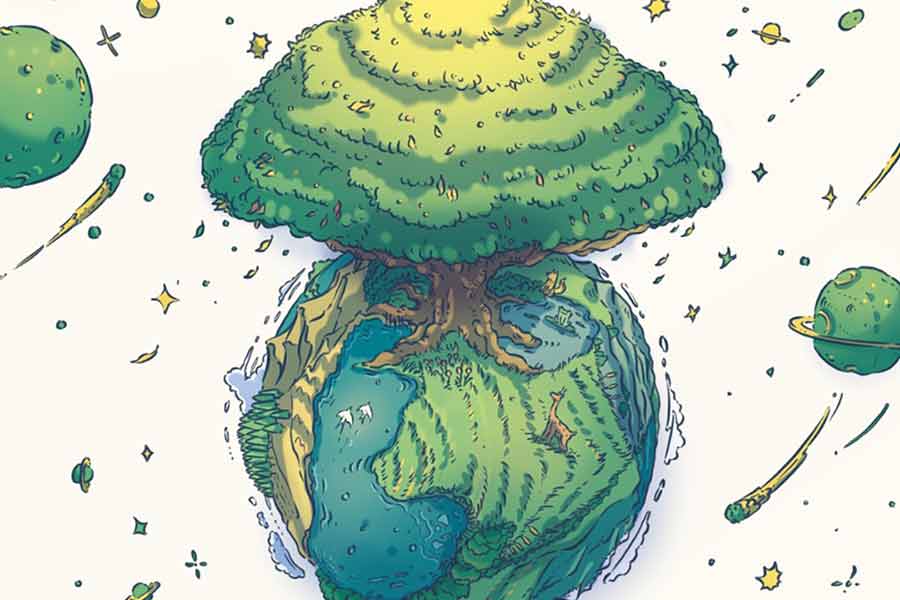
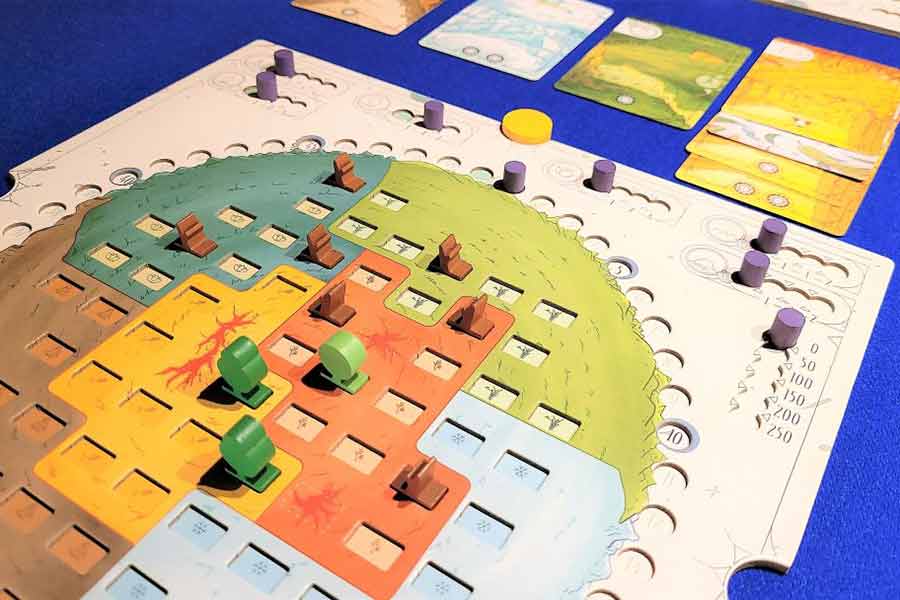
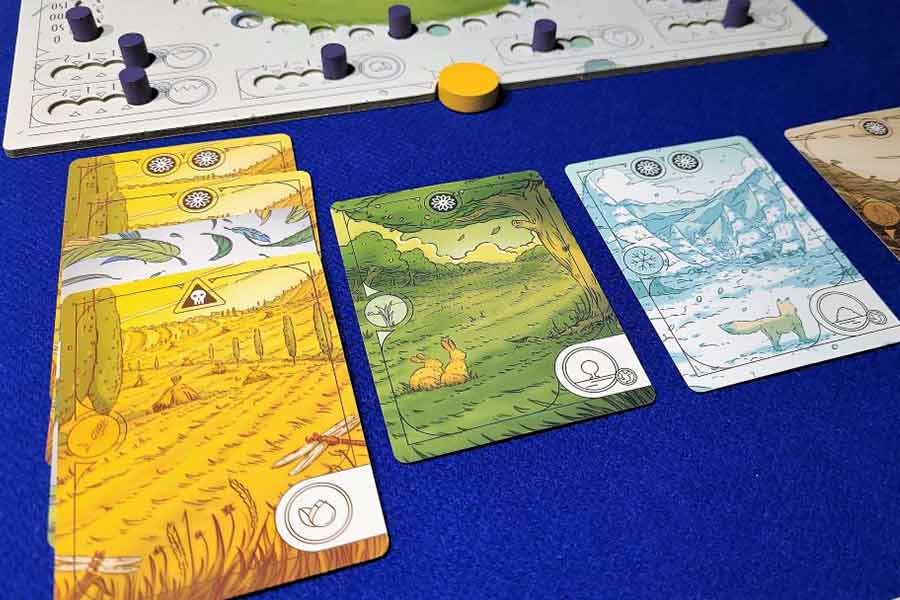
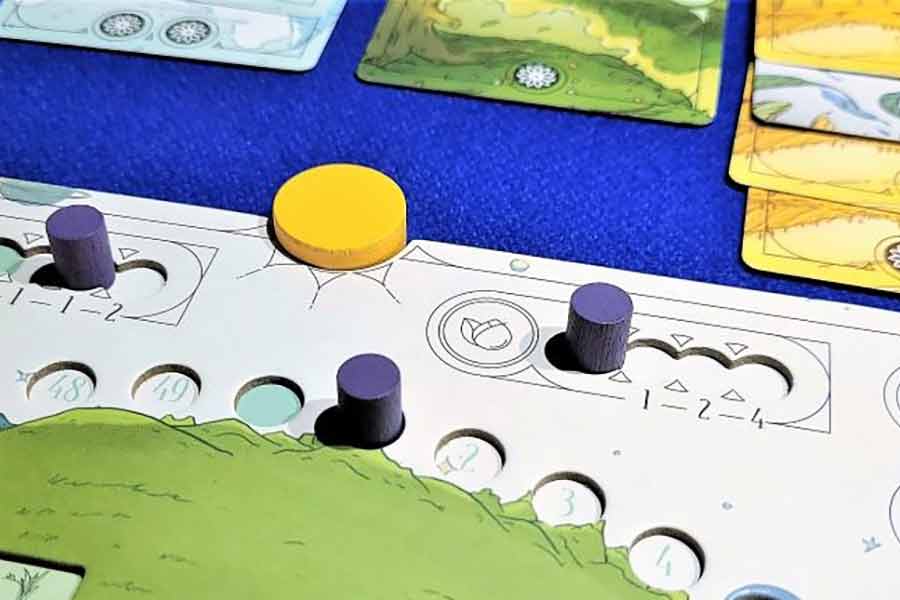
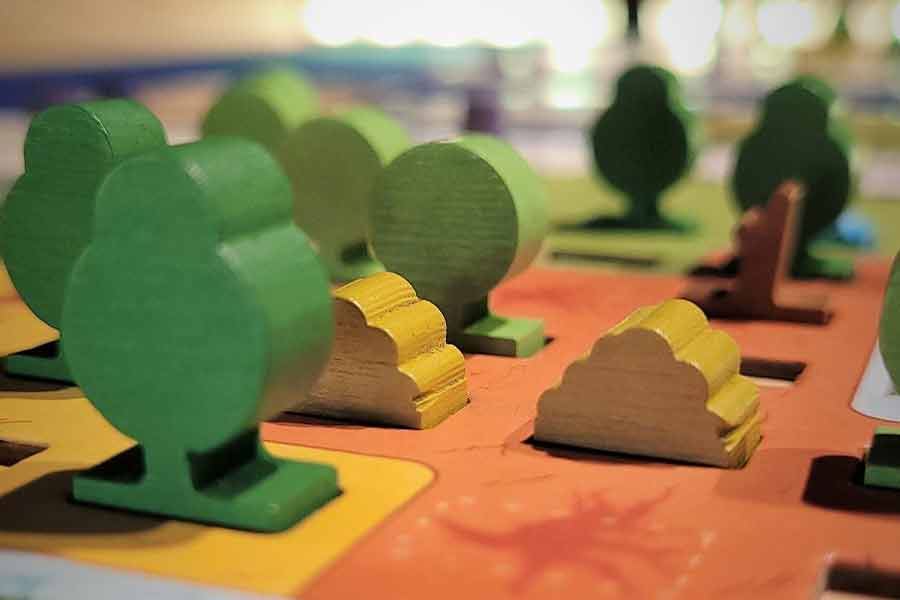
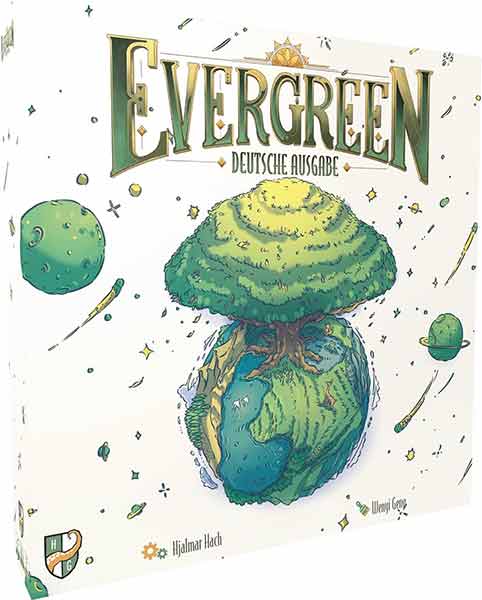

More Stories
Bridging New Frontiers: Yuri Milner’s Fusion of Fundamental Science and Space Exploration in Eureka Manifesto
Kenan Thompson supports college protests as long as they don't involve his daughter in an SNL cold open
Look for the dazzling Eta Aquaridus meteor shower on Sunday and Monday